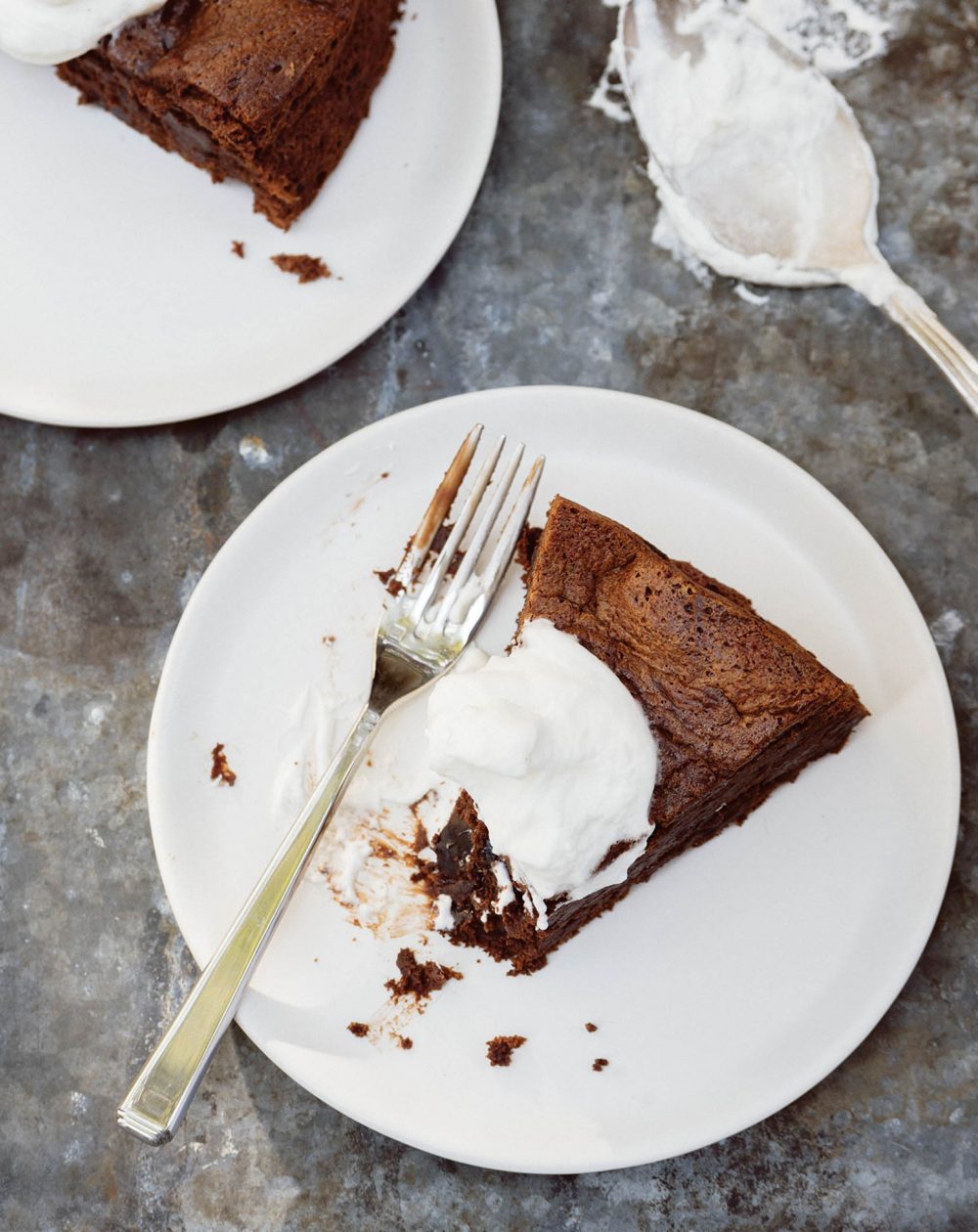Whether you bake for yourself or others, the act of rolling out dough, mixing batter and folding egg whites is our definition of pleasure. The end result may be comfort food, but it’s the process that matters. There’s comfort both in churning out a recipe you’ve baked 100 times and in the singular focus required for trying something new.
It helps to have the right recipe and equipment. Our partners at Ferguson know this well. They’ve outfitted home cooks and bakers with top-notch ovens like the “professional series” double-electric wall ovens from thermador or the KitchenAid® 48'' Smart Commercial-Style Dual Fuel Range with Griddle.
But whatever the recipe or equipment, the fact remains: baking, more so than cooking, offers a pleasurable immersion in process many of us crave as much as the baked good itself. So, next time you’re ready to break out the cake pans and turn on the oven, here are three tips that will better your baking, and the comfort that comes with it.
Under-Whip Your Egg Whites
In a pointer we learned from London-based baker Claire Ptak of Violate Cakes, under-whipped egg whites are stronger, more elastic and easier to fold into batters. That translates to lighter, fluffier baked goods. Whipping incorporates air bubbles into the egg whites, creating a fluffy, voluminous foam. If the whites are overbeaten, too many bubbles stretch the whites too thinly, causing the bubbles to burst. Slightly under-whipping the whites, however, leaves them resilient and elastic enough to contain the bubbles, which expand in the heat of the oven to produce rise. Properly beaten whites—that is, ones that are slightly under-whipped—should hold a 2-inch peak with a tip that gently curls over when the whisk is held upright. Also, always whip whites with a bit of sugar—we use 1 tablespoon per 2 whites—and some acid, such as cream of tartar. We use ¼ teaspoon for 4 whites. These additions help stabilize the whites, slightly protecting them against overbeating while also helping the whipped whites remain elastic and less prone to deflating when folded into a batter.
Under-Fold Your Batter
For batters containing wheat flour, overmixing leads to the formation of gluten, which could yield baked goods that are too tough, dense or chewy. For a lighter texture, it’s best to err on the side of under-folding. While you should be sure to scrape the bottom and sides of the bowl to ensure that there aren’t any unincorporated pockets of flour, eggs or fat, don’t stir aggressively. And it’s fine if just a few fine lines of dry ingredients streak the batter. If folding whipped egg whites into a batter, start by folding in a small portion (usually about a third) of the whites. This loosens and lightens the batter, making it easier to fold in the remainder of the whites, ideally in a couple more batches, without deflating them. Use a silicone spatula and a flipping motion, scraping along the bottom and the sides of the bowl, until only a few small steaks of whites remain (they will be unnoticeable in the finished dessert). Vigorous stirring deflates delicate egg whites and will lead to dense, under-risen baked goods.
Underbake
Finally, cookies and cakes continue to cook once out of the oven, much like a steak does after it is taken off the grill. So for perfect doneness, remove baked goods from the oven when they are just shy of completely done. You might already follow this rule when baking a cheesecake or pumpkin pie—recipes often say to remove these delicate, egg-rich cakes and pies when the center wobbles or jiggles slightly. But slightly underbaking is a good rule of thumb no matter what what kind of treat is in the oven. A chocolate chip cookie, for example, will appear soft and half-baked when it is time to pull them out of the oven. To check for doneness, peek at the outer edge of the cookies—they should be lightly browned—and should feel slightly firm to the touch. For moist, gooey baked goods such as brownies, a toothpick inserted at the center should not come out perfectly clean and dry. You want a few crumbs to cling to guarantee that the finished texture will be rich and fudgy.
Try out these tips with some of our favorite recipes:
Chocolate Prune and Rum Cake
Chocolate Meringue Cookies
Ricotta-Semolina Cheesecake




